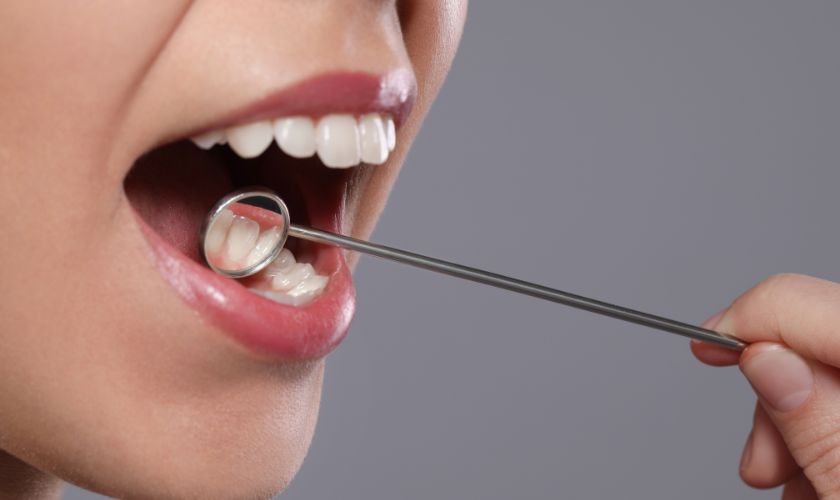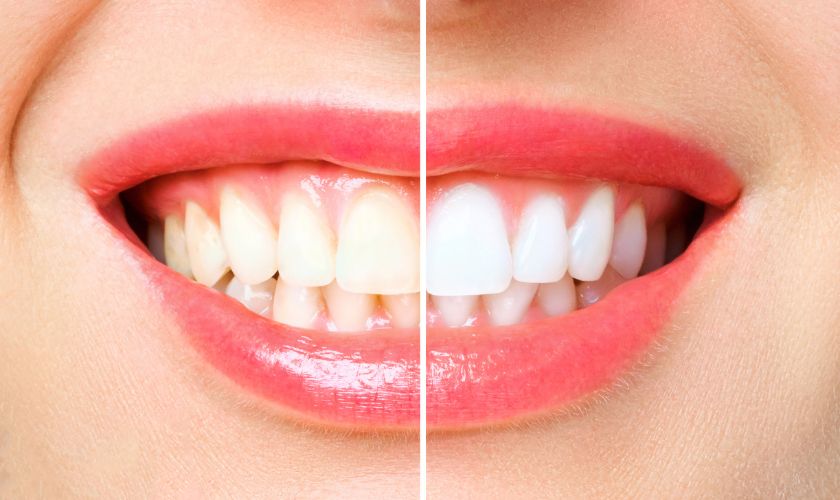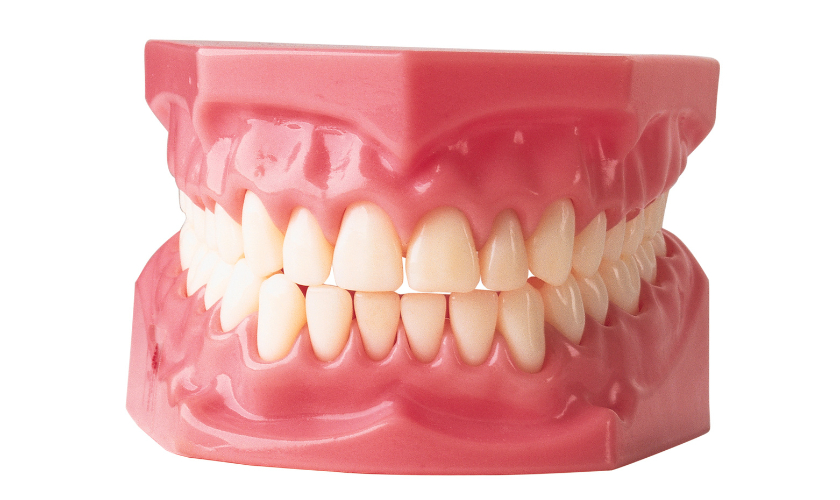Are you experiencing sensitivity or pain in your teeth? Do your gums look receded or appear to be pulling away from your teeth? If so, you might be suffering from gum recession. This dental issue occurs when the gum tissue surrounding a tooth pulls back and exposes more of the tooth’s root, leading to discomfort and even tooth loss. Thankfully, there is an effective solution for this problem: Gum Graft Surgery! In this blog post, we will explore why gum graft surgery is essential for treating gum recession, including its causes, the types of surgeries available, how to prepare for it and what to expect after the procedure. So let’s dive in!
What is Gum Recession?
Gum recession is a dental condition that occurs when the gum tissue surrounding the teeth pulls away and exposes more of the tooth or its root. When this happens, it creates gaps between the gums and teeth, which can lead to bacteria growth and cause other oral problems.
If you suspect you have gum recession symptoms like sensitivity or pain in your mouth area don’t hesitate but contact a dentist for a proper diagnosis before it gets worse!
Causes of Gum Recession
Gum recession is a common oral health issue that occurs when the gum tissue surrounding the teeth pulls back, exposing the tooth root. There are several factors that can contribute to this condition.
One of the most significant causes of gum recession is poor dental hygiene. When plaque and tartar build-up on teeth, it irritates the gums and causes them to recede. Brushing too hard or using a toothbrush with bristles that are too stiff can also damage gums and lead to recession.
Genetics may also play a role in gum recession since some people naturally have thinner gum tissue than others. Hormonal changes during pregnancy and menopause can increase sensitivity in gums, making them more susceptible to recession.
Gum disease is another leading cause of gum recession because it destroys the supporting tissues around teeth, including bone and ligaments. Tobacco use has been linked to an increased risk of developing gum disease which can ultimately lead to gum recession.
It’s important for individuals experiencing any signs of gingival (gum) issues like redness or swelling – even if they don’t think their symptoms are severe – should speak with their dentist as soon as possible before things worsen over time causing irreversible damage!
Types of Gum Graft Surgery
There are three main types of gum graft surgery: connective tissue grafts, free gingival grafts, and pedicle grafts.
Connective tissue grafts involve taking a small piece of tissue from the roof of the mouth and attaching it to the area where gum recession has occurred. This type of surgery is typically used for treating root exposure.
Free gingival grafts involve harvesting a piece of tissue directly from the palate and transplanting it to the affected area. This type of surgery is recommended for patients with thin gums or those who require additional gum thickness.
Pedicle grafts use a flap of healthy gum tissue near the affected area that is rotated over and stitched into place. This procedure works well for individuals who have ample amounts of the healthy gum tissue surrounding areas where recession has occurred.
Your periodontist will determine which type of gum graft surgery will be best suited to meet your unique needs based on factors such as availability, location, severity, and extent of your condition.
How to Prepare for Gum Graft Surgery
Preparing for gum graft surgery is an essential step in ensuring a successful outcome. Here are some tips to help you prepare:
1. Talk to your dentist: Before the surgery, make sure to talk with your dentist about any concerns or questions you may have.
2. Follow instructions: Your dentist will provide you with specific instructions on what to do before the surgery, such as not eating or drinking anything for a certain amount of time prior to the procedure.
3. Arrange transportation: Gum graft surgery involves sedation, which means that it’s important that you arrange transportation both to and from the dental office.
4. Plan for recovery time: Make sure that you have enough time off work or other obligations so that you can properly recover after the procedure.
5. Stock up on soft foods: Following gum graft surgery, it’s important to consume only soft foods while your mouth heals. Be sure to stock up on these types of foods beforehand so that they’re readily available when needed.
By following these steps and taking care during preparation, patients can improve their chances of success when undergoing gum graft surgery.
What to Expect After Gum Graft Surgery
After gum graft surgery, patients can expect to experience some discomfort and pain in the treated area. It is normal for the gum tissue to be sore and swollen for a few days after the procedure. Over-the-counter pain medication can help alleviate any discomfort.
Patients should also expect to modify their diet for a period of time following the surgery. Soft foods such as soup, eggs, and mashed potatoes are recommended during this recovery period. Avoiding hot or spicy foods is also recommended.
It’s important to maintain good oral hygiene practices following gum graft surgery. Patients should brush their teeth gently with a soft-bristled toothbrush twice per day and rinse with an antiseptic mouthwash.
In some cases, patients may need to return to their dentist or periodontist for follow-up appointments. This will ensure that healing is progressing properly and that there are no complications from the procedure.
It’s important for patients to rest and allow themselves time to heal after gum graft surgery. With proper care and attention, most people make a full recovery within a few weeks of undergoing the procedure.
Conclusion
Gum graft surgery is a highly effective treatment for gum recession. Left untreated, the condition can lead to serious dental problems and even tooth loss. Fortunately, with advances in modern dentistry, gum grafts have become a standard procedure that is generally well-tolerated by patients.
Whether you opt for traditional gum tissue grafting or newer techniques such as pinhole surgical technique or acellular dermal matrix grafting, it’s important to work closely with your dentist to determine the best approach for your specific needs.
Visit Smiles of Punta Gorda
We can see you as soon as tomorrow!





